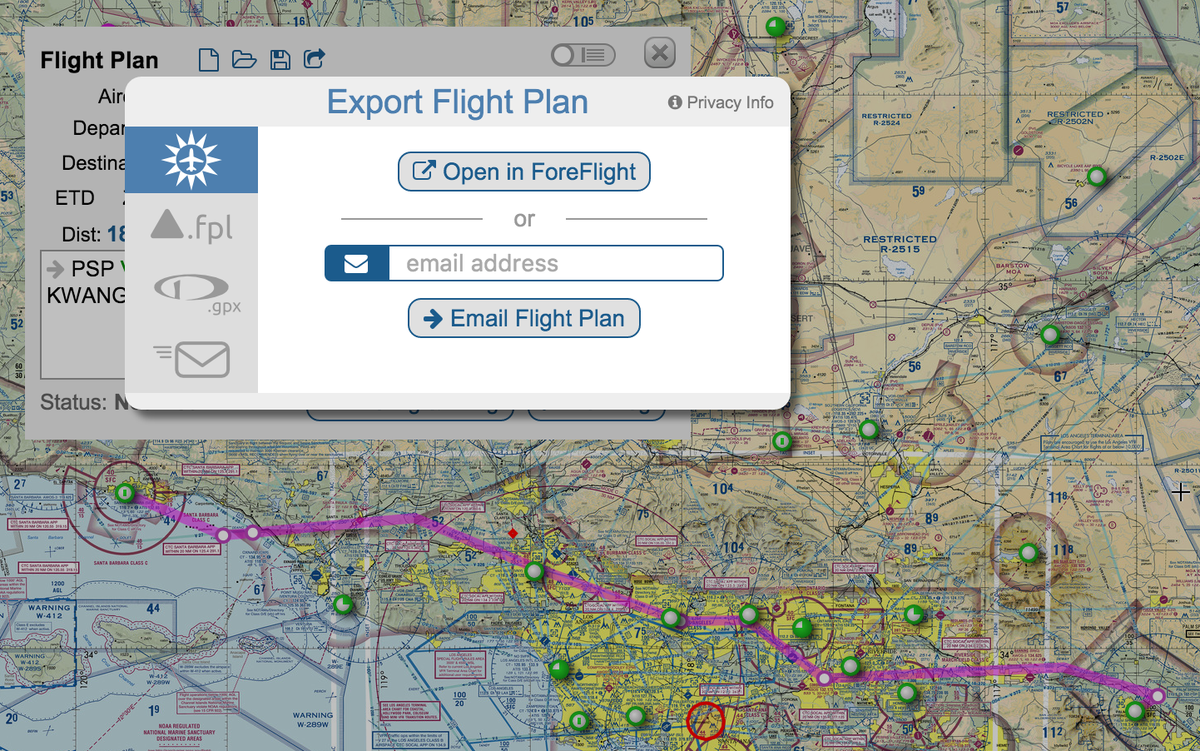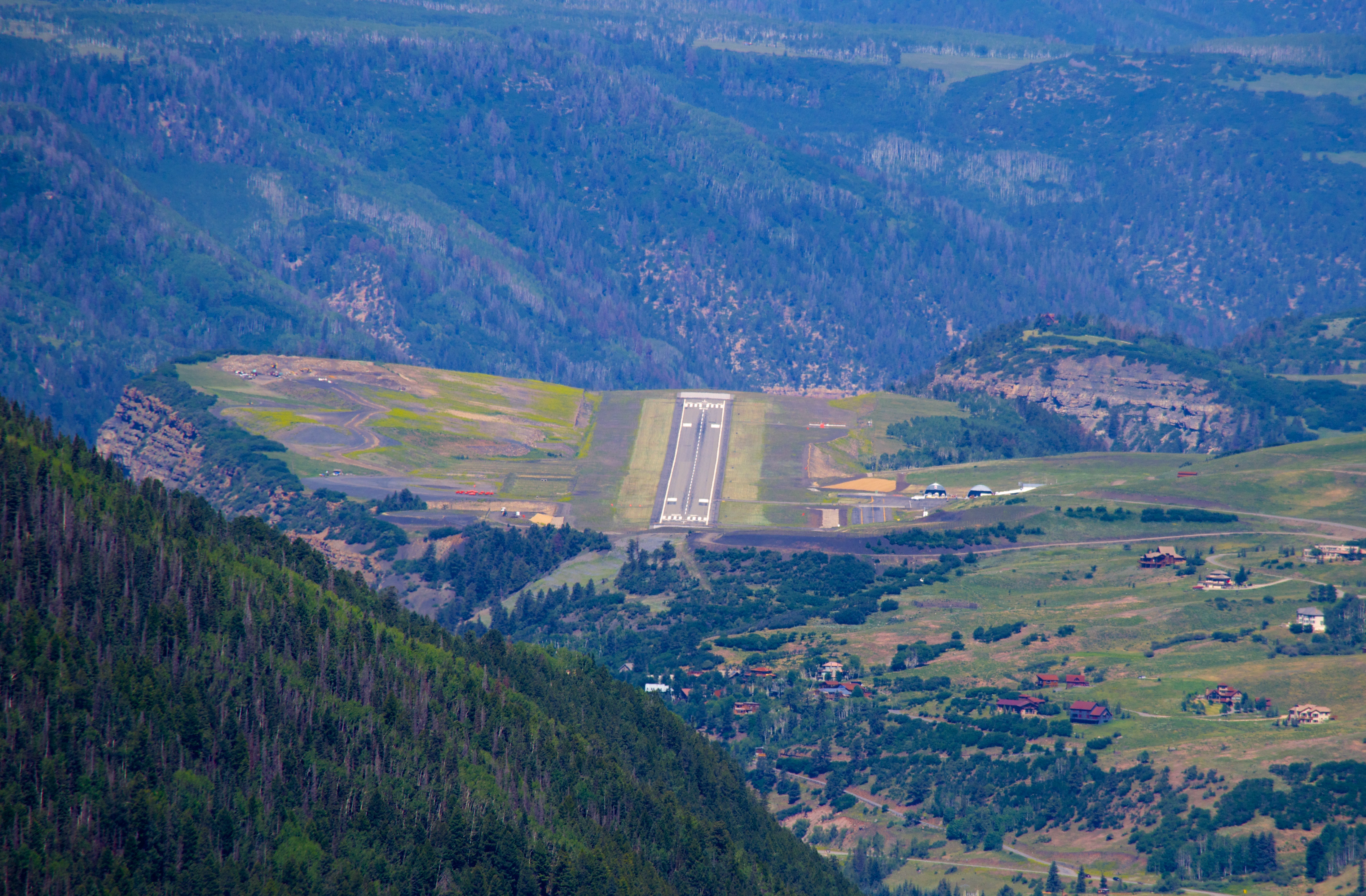

Try to pick checkpoints that you’ll be able to see from your previous checkpoint, as this will give you an object to point the airplane towards in-flight. You’ll see that I’m going to change this plot in the next step in order for the course to fly over easier to recognize checkpoints.Ĭheckpoints should be clearly identifiable landmarks along your route of flight, spaced every 10-20 miles. In this example, I’ve plotted a course between Cameron Airpark (O61) and Nutree Airport (KVCB). Are there airports along your route of flight that are suitable for diversion? Are there any types of special use airspace, MTRs, parachute operations, wilderness areas, obstructions, or other unique features? Also, this examination is the first step in developing situational awareness about your flight. You may find that you need to alter the course. After drawing your course, examine the terrain and airspace along your route. You may need to fly around terrain or airspace, navigate using radio navigation radials, or choose a route that is over airports. Note that you don’t always go directly from your departure to your destination airport. Use a pencil or better yet, an erasable highlighter so that its easier to view your course line. Using your plotter, draw a course line on your sectional chart. Use a pencil when filling out the navigation log you’ll inevitably need to make corrections. You can check out the other versions of this planner, as well as pilot submitted versions here. Print a copy of this planner out now and follow along using the tutorial. This tutorial uses Dauntless Software’s VFR Cross Country Flight Planner – Version B. You’ll use a timer in the airplane to measure this. You will record the actual amount of time each leg took to fly. You will calculate the amount of time you expect to fly each leg using deduced reckoning.

This is the compass heading you will fly for a specific leg of your flight in your specific airplane. The compass deviation correction card, which is calculated for each compass installation, provides corrections in 30° increments. See Using the E6-B Flight Computer to calculate.Įach magnetic compass has built-in errors due to magnetic fields in the airplane affecting the compass’s accuracy. The correction applied to a course to correct for wind drift. The number of degrees left or right used to correct a true course to a magnetic course. The angle between your course and magnetic north. The angle between your course and true north. Also, you may want to make changes to what information you include in the navigation log, or use a different navigation log format.īefore starting to complete the navigation log, a review of terms and abbreviations is important. After you have flown this flight, think about how the experience of preparing the navigation log aided situational awareness in flight. You will learn how to complete a navigation log using an example flight. Many pilots create their own version in spreadsheet software to have control over how the information is organized, tailoring the format to their own specific needs. Many aviation publishers sell printed copies, there are electronic versions available on the internet, and online and tablet-based flight planners can automatically generate navigation logs. There are many different versions of navigation logs.

The value you obtain from the navigation log is the centralization of all of the information you need in an easy to read, single location. A navigation log is a tool that you use to guide your preflight planning, and a plan that you execute in flight.


 0 kommentar(er)
0 kommentar(er)
